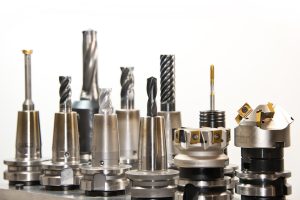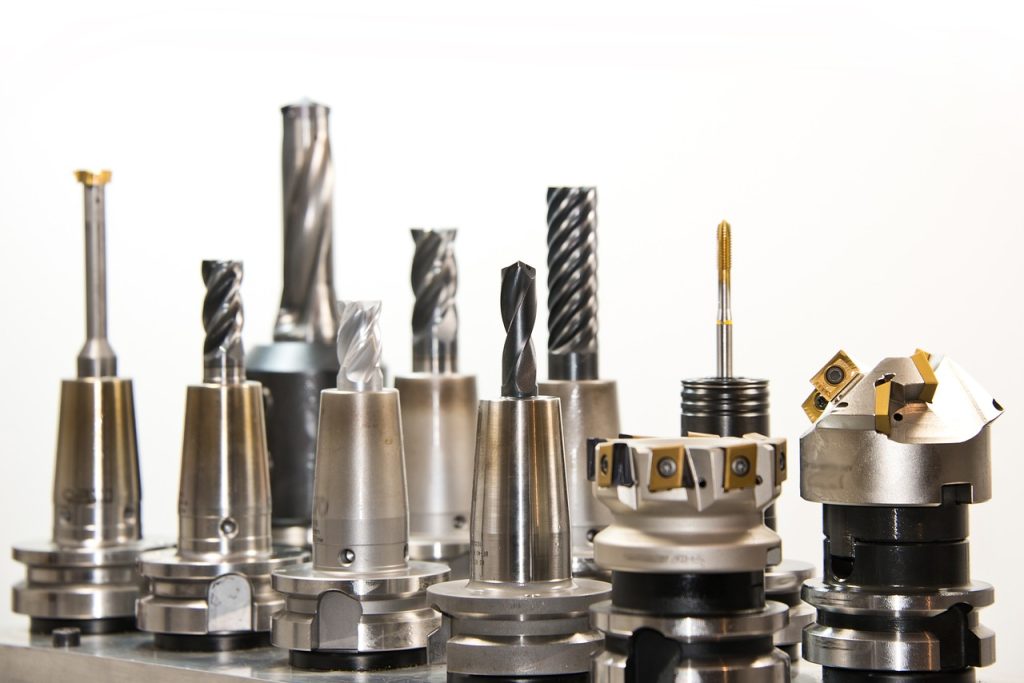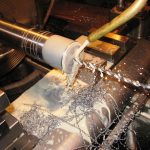The Difference Between CNC and Manual Lathe Machines
When it comes to lathe machines, one of the most important decisions you’ll face is whether to use a CNC (Computer Numerical Control) lathe or a manual lathe. Both machines have advantages and disadvantages, depending on the nature of the project, precision requirements, and production volume. In this post, we’ll break down the key differences between CNC and manual lathe machines to help you decide which is right for your workshop.
1. Automation vs. Hands-On Operation
- CNC Lathe: CNC lathes are highly automated. You input the design and machining instructions via software, and the machine follows these commands to shape the material. This automation is ideal for large production runs and complex parts where precision is key.
- Manual Lathe: Manual lathes rely entirely on the machinist’s hands-on control. The operator adjusts the settings, moves the cutting tools, and monitors the entire process. While manual lathes offer more tactile control, they require more skill and attention from the operator.

2. Precision and Accuracy
- CNC Lathe: CNC machines excel in precision. Once programmed, the machine can repeat the same operation over and over, producing highly accurate parts with minimal variance. This makes CNC ideal for industries where even small deviations can lead to errors, such as aerospace or medical device manufacturing.
- Manual Lathe: While manual lathes can also produce precise parts, the level of accuracy depends on the skill of the machinist. Minor human errors are inevitable, especially during long runs or intricate projects.
3. Complexity of Operations
- CNC Lathe: CNC lathes can handle complex designs and multi-step processes with ease. They can cut, drill, taper, thread, and even perform 3D shaping all in one automated run. This flexibility makes them perfect for detailed or high-tech projects.
- Manual Lathe: Manual lathes are better suited for simpler operations. While they can still handle tasks like cutting and threading, more intricate designs can be time-consuming and challenging to achieve by hand.
4. Speed and Efficiency
- CNC Lathe: Speed is one of the main advantages of a CNC lathe. Once set up, the machine can produce parts quickly and continuously without breaks, making it highly efficient for high-volume production.
- Manual Lathe: Manual lathes are slower due to the need for hands-on operation. The machinist must manually perform each task, which takes longer and limits how many parts can be produced in a given timeframe.
5. Cost Considerations
- CNC Lathe: CNC machines come with a higher upfront cost due to their complexity and advanced technology. However, they offer long-term savings through increased production efficiency, reduced waste, and fewer human errors.
- Manual Lathe: Manual lathes are more affordable, making them a popular choice for small workshops or hobbyists. They are also less expensive to maintain, but they might require more skilled labor to operate.
6. Labor and Skill Requirements
- CNC Lathe: CNC lathes require knowledge of programming and CAD/CAM software. While they reduce the need for manual labor, they demand a different skill set focused on understanding and controlling the software.
- Manual Lathe: Operating a manual lathe requires hands-on experience and craftsmanship. Skilled machinists who are adept at using manual lathes can create intricate designs, but the learning curve is steep, especially for beginners.
7. Production Volume
- CNC Lathe: If you’re looking to produce large quantities of parts, a CNC lathe is the clear winner. Its ability to automate processes allows for continuous production with little downtime.
- Manual Lathe: For small batches or one-off projects, manual lathes are often more practical. They allow for quicker setup and more flexibility for unique pieces, but they can’t match the speed of CNC for large-scale production.
8. Flexibility and Versatility
- CNC Lathe: CNC machines are highly versatile. With a simple change in programming, they can switch from one design to another, making them suitable for workshops that handle diverse projects.
- Manual Lathe: Manual lathes are versatile and can be used by an experienced machinist. While they may not handle complex designs as easily as CNC machines, they offer flexibility for small, custom jobs that require adjustments on the fly.
Conclusion
Both CNC and manual lathes have their place in the machining world, each offering unique advantages. For businesses focused on high-volume production, precision, and complex designs, CNC lathes are the way to go. On the other hand, manual lathes are more affordable, offering hands-on control and flexibility for smaller projects.
Choosing the right lathe depends on your specific needs, budget, and the nature of your projects. Whichever you choose, understanding the strengths and limitations of each machine will help you make an informed decision for your workshop.
Looking to upgrade your lathe machine? Explore our range of CNC and manual lathe machines to find the perfect fit for your workshop.


